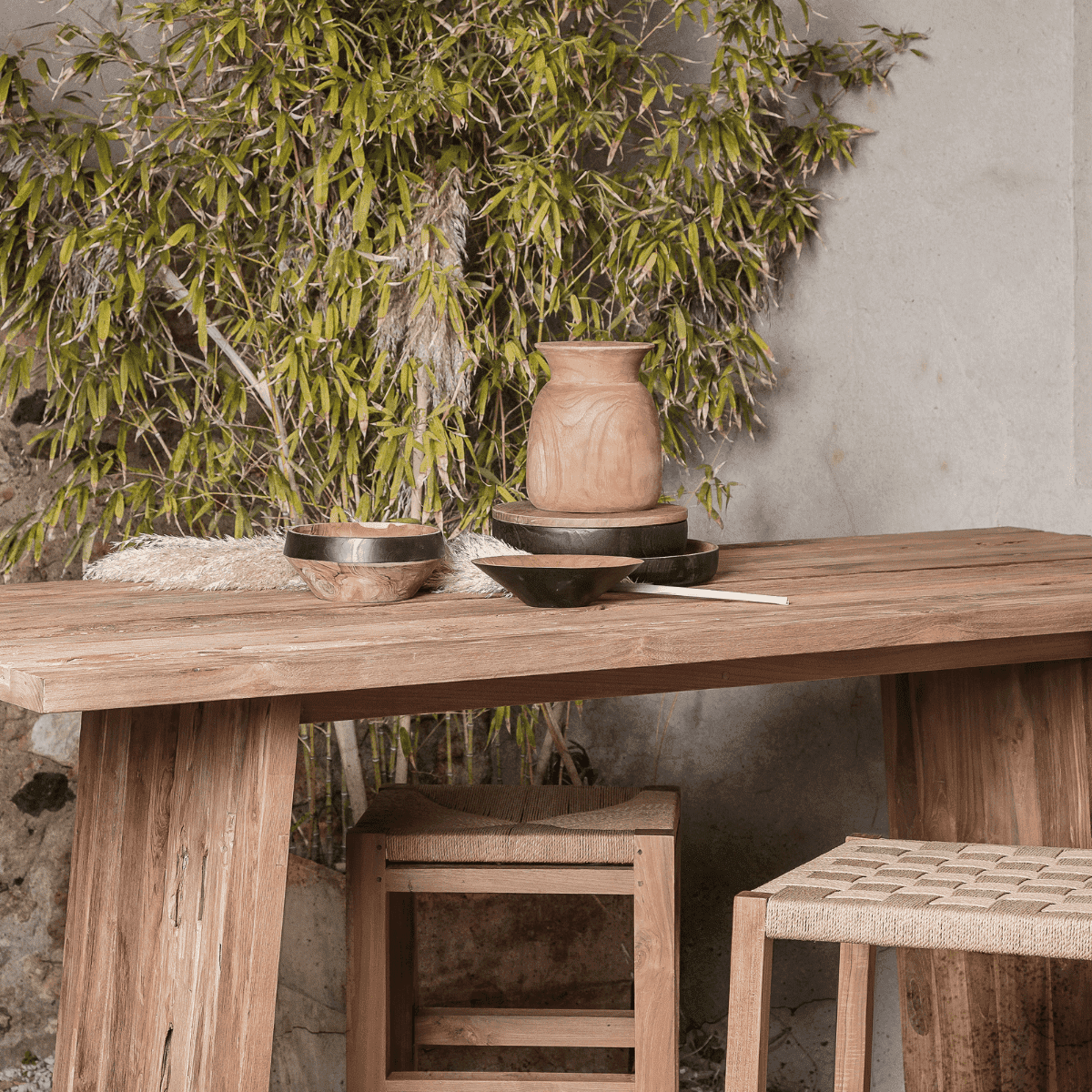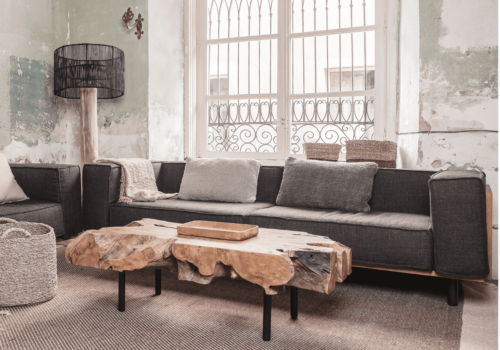La regla de las 3R lleva años siendo uno de los conceptos más básicos de la sostenibilidad a nivel global.
Cuando las pruebas de que los recursos de producción tenían un límite claro empezaron a hacerse cada vez más visibles, se decidió que era el momento de empezar a educar al consumidor sobre cómo empezar a poner soluciones a la falta de sostenibilidad de la sociedad del consumo.
¿Qué es la regla de las 3R?
La regla de las 3R fue parte de la propuesta presentada por el G8 en 2004. Esta consistía en destacar los beneficios del “reducir, reutilizar y reciclar” presentando estas acciones como pasos en el ciclo de vida de los objetos de consumo y los medios de producción.
La situación global actual demuestra que aunque estas tres ideas fueron un mensaje recurrente en su momento, no han resultado suficientes para solucionar el problema de la falta de sostenibilidad en el planeta.
Es por esto que se plantea la posibilidad de ampliar la visión de las 3Rs a 7, de manera que se completa el ciclo con puntos que antes no se contemplaban.
La regla de las 7R y Dareels

La filosofía de Dareels se ve reflejada en la necesidad de un ecologismo comprometido en todos los aspectos, desde la adquisición de materias primas y la producción de nuevas piezas, hasta llegar al consumo en casa. Por eso, es que Dareels puede encontrarse en varios de los puntos de la versión ampliada de las 3Rs; las 7Rs.
- Rediseñar: El proceso de cambio debe empezarse desde cero. Si los productos se diseñan desde la intención de que sean sostenibles, optimizarán el ciclo al completo. En Dareels se participa activamente en el diseño de piezas que respeten el medio ambiente y aprovechen al máximo todas las ventajas de formar parte del ciclo de sostenibilidad.
- Reducir: Reducir el consumo favoreciendo la compra responsable. Educar al consumidor para enseñarle a valorar la calidad y procedencia de los productos, sobre la cantidad. Esto reduce el nivel de residuos y su impacto sobre el planeta.
- Reutilizar: Alargar la vida útil de los productos encontrándoles una nueva función, evitando una vez más el consumo compulsivo y salvaje. Muchos de los diseños de Dareels apuestan por la versatilidad, para que el cambio de un espacio no suponga necesariamente el cambio del mueble, como las consolas Erosi y Cora, que pueden equipar tanto un salón, como un recibidor, o incluso completar un pasillo con estilo.
- Reparar: Evitar el desecho de artículos que puedan volver a funcionar tras una reparación. Esto favorece el ahorro de materias primas, medios de producción, y reduce deshechos.
- Renovar: Darle una nueva cara a aquellos productos que se han quedado antiguos o ajenos a modas pasajeras, también pueden motivar a que se prolongue su uso.
- Recuperar: Un material usado anteriormente puede volver a introducirse como materia prima en el proceso productivo, como La madera de teca de Dareels, que procede de antiguas construcciones en Jaba, Indonesia, y se prepara para introducirla en el proceso de producción de nuevos productos de calidad.
- Reciclar: El ejercicio de deshacerse correctamente de los deshechos para posibilitar su recuperación en la producción es un punto de vital importancia en el que todo el mundo puede colaborar.
Medidas para un hogar sostenible
Llevar un estilo de vida sostenible es una decisión que cada vez va a ir tomando más personas, debido al aumento de la educación sobre ecología y sostenibilidad dada desde el G8 de 2004 en adelante.
Algunos consejos para intentar dar un paso más allá y reducir la huella de carbono desde casa, pueden ser detalles a la hora de tratar con la limpieza y la higiene, como potenciar el uso de productos en formato concentrado e hidrosoluble, jabones y champús sólidos, o materias biodegradables y de menor impacto ambiental.
También se recomienda el uso de envases de vidrio, que son más duraderos que los plásticos, más sencillos de lavar, y utilizarlos a la hora de la compra; que también se recomienda el consumo a granel.
En cuanto a los materiales que componen el hogar, siempre es mejor asegurarse de que su fabricación ha sido responsable, a poder ser con materias primas recicladas, como madera recuperada, o textiles cuyos plásticos sean reciclados, o de fibras vegetales de cultivos sostenibles.







